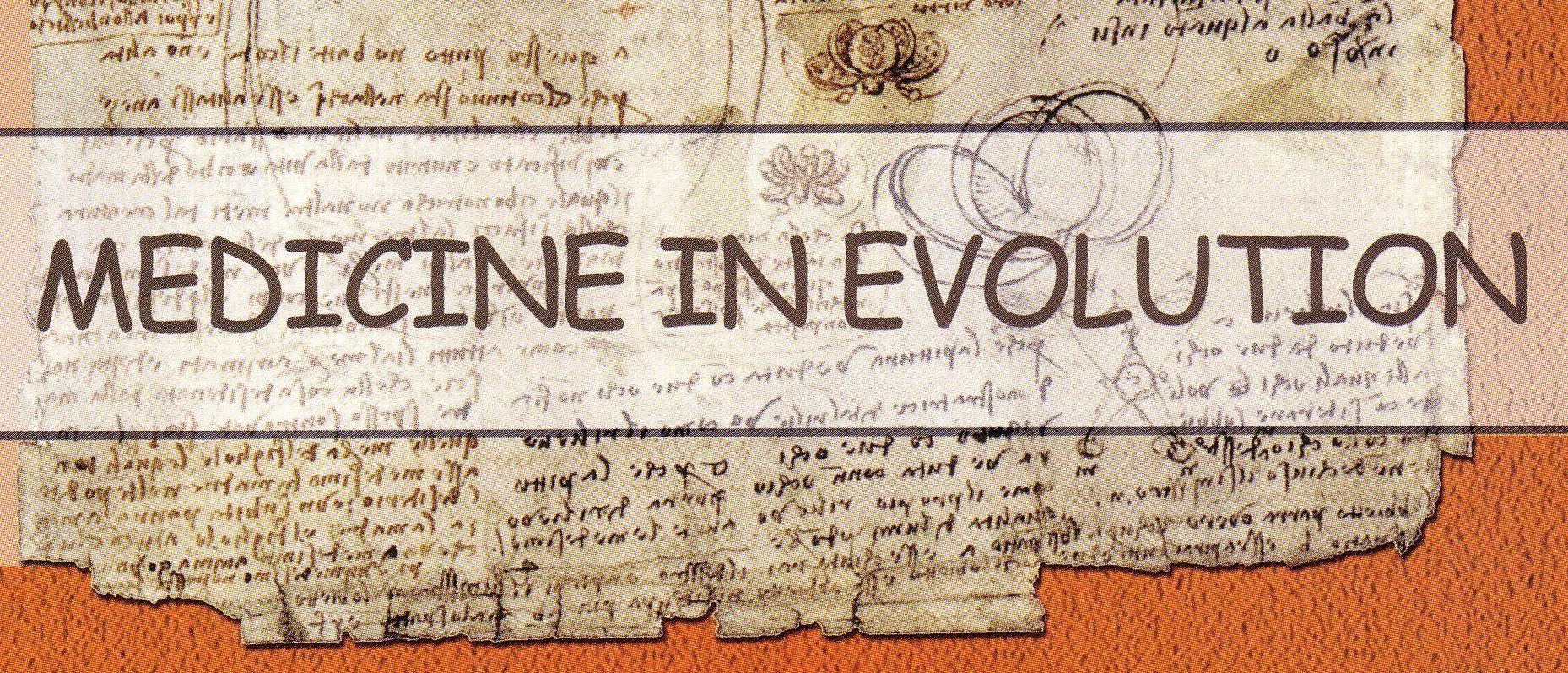|
Medicine in evolution
|
- Abstract - Any instrument or piece of the equipment used in the oral cavity is a possible source of crossed infections. On the other hand, the dentures or trial stages coming from the laboratory may contaminate the patient, if they are infected. The main line of transmission to patients via laboratory techniques is through contaminated impressions and dentures. Dental impressions easily become contaminated with patientís blood and saliva. Impression materials can be disinfected in two ways: immersion and spray. The most commonly used disinfectants are sodium hypoclorite, glutaraldehyde, iodophors and phenols. Unfortunately, not all impression materials are compatible with all disinfectants. Different valuables can affect this material during disinfection, including the disinfectantís composition and concentration, as well exposure time and its compatibility with specific impression materials. Concentration and the disinfection times vary greatly in the literature so it is difficult to establish a protocol. The risk of interaction between impression material and disinfectant means that compatibility tests and experimental protocols must be drawn up for the new impression materials and chemical disinfection products. All this promote appropriate hygiene conditions for the patient and clinic personnel along with obtaining optimum clinical results. Key words: infection control, dental laboratory
Webmaster: Creanga Madalina |
|---|
